There’s something undeniably magnetic about cities. They pulse with life, hum with energy, and conceal stories in every corner. Urban exploration, often abbreviated as urbex, is the act of delving into these hidden narratives—venturing beyond the glossy facades and tourist traps to uncover the raw, unfiltered essence of urban spaces. It’s not just about trespassing or seeking thrills; it’s a form of storytelling, a way to document the forgotten, the abandoned, and the overlooked.
For many urban explorers, the appeal lies in the contrast between decay and vitality. Abandoned factories, derelict hospitals, and crumbling theaters stand as silent witnesses to bygone eras. These spaces, frozen in time, offer a glimpse into the past while simultaneously being reclaimed by nature or repurposed by graffiti artists and squatters. The interplay between human history and natural reclamation creates a haunting beauty that’s impossible to replicate.
The ethics of urban exploration are often debated. While some argue that it’s a harmless way to appreciate architecture and history, others caution against the risks—both legal and physical. Trespassing laws vary by location, and many abandoned sites are structurally unsound or contaminated. Responsible explorers emphasize the importance of leaving no trace, respecting property, and prioritizing safety. The community thrives on a code of honor: take nothing but photographs, leave nothing but footprints.
Beyond abandoned places, urban exploration can also mean rediscovering the familiar. Even in bustling city centers, there are layers of history waiting to be peeled back. Alleyways adorned with street art, underground tunnels, or rooftop vistas reveal perspectives most residents never see. Cities are living organisms, constantly evolving, and urbex is a way to map their DNA—to understand how they’ve grown, what they’ve lost, and what they might become.
Technology has transformed urban exploration. Digital maps, forums, and social media have made it easier to share locations and tips, but they’ve also led to overexposure. Once-secret spots are now overrun with visitors, risking damage or permanent closure. Some explorers lament the loss of mystery, while others adapt by seeking out lesser-known sites or focusing on documentation through photography and writing. The balance between sharing and preserving is delicate.
At its core, urban exploration is a rebellion against the curated experience of modern life. It’s a rejection of the sanitized, commercialized versions of cities presented in guidebooks. Instead, it embraces the messy, the imperfect, and the authentic. Whether it’s a forgotten subway station, a hidden speakeasy, or a rooftop with a view that steals your breath, these discoveries remind us that cities are more than just backdrops—they’re characters in their own right.
The future of urban exploration is uncertain. As cities gentrify and spaces are demolished or repurposed, the landscapes that explorers cherish are disappearing. Yet, the spirit of curiosity that drives urbex will always find new avenues. Perhaps it will shift toward virtual realms or focus on preserving memories through archives. Whatever the case, the desire to uncover the hidden soul of cities is timeless. After all, every alleyway has a story, and every explorer is a storyteller.
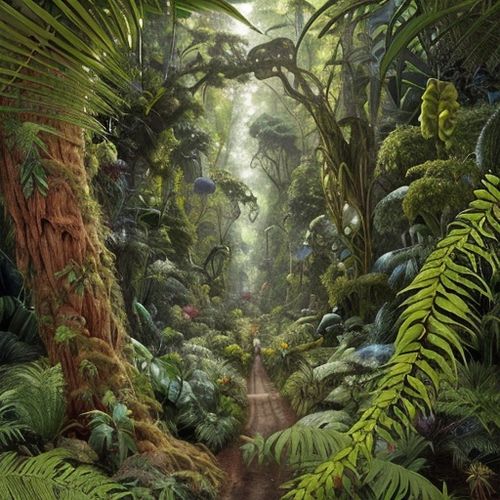
By George Bailey/Apr 28, 2025
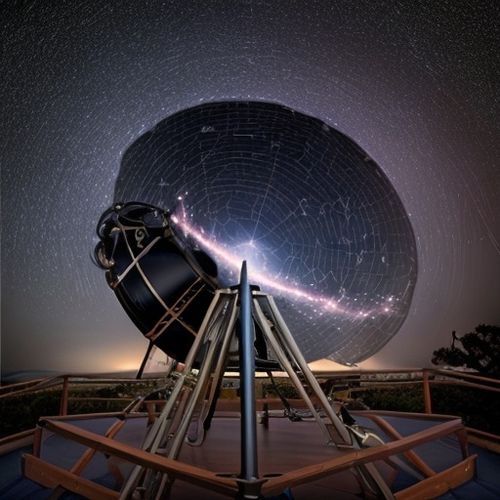
By Lily Simpson/Apr 28, 2025

By Grace Cox/Apr 28, 2025
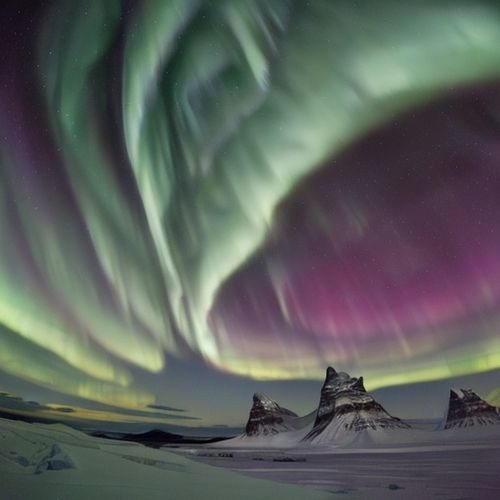
By David Anderson/Apr 28, 2025

By Megan Clark/Apr 28, 2025
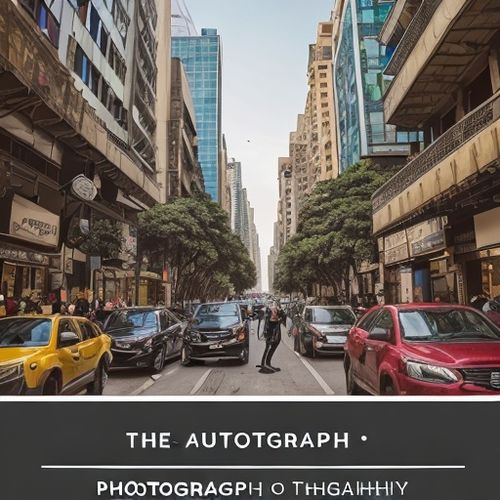
By Natalie Campbell/Apr 28, 2025

By Olivia Reed/Apr 28, 2025

By Rebecca Stewart/Apr 28, 2025
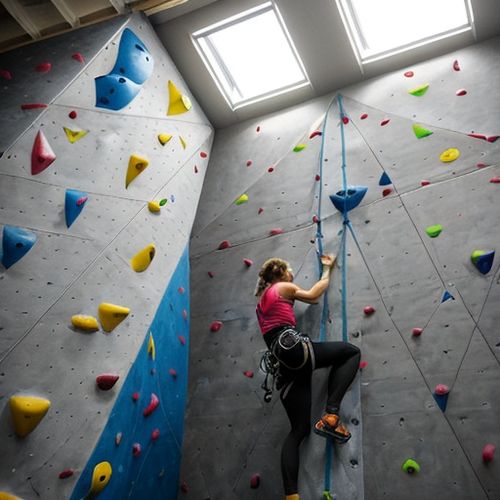
By Eric Ward/Apr 28, 2025
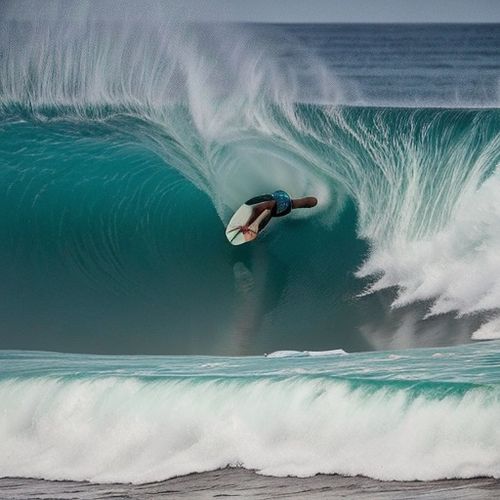
By Grace Cox/Apr 28, 2025

By Noah Bell/Apr 28, 2025

By George Bailey/Apr 28, 2025

By Michael Brown/Apr 28, 2025

By Samuel Cooper/Apr 28, 2025

By Laura Wilson/Apr 28, 2025
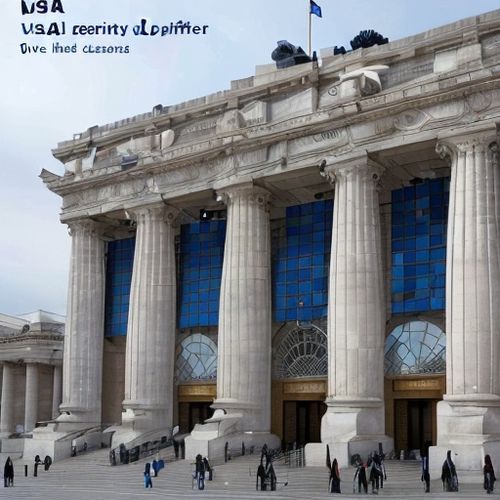
By David Anderson/Apr 28, 2025
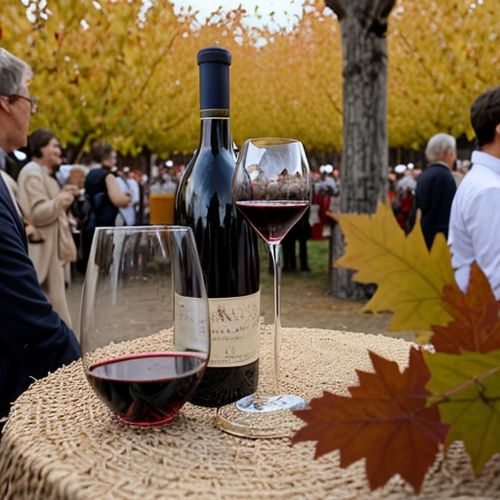
By Noah Bell/Apr 28, 2025

By Benjamin Evans/Apr 28, 2025

By Megan Clark/Apr 28, 2025
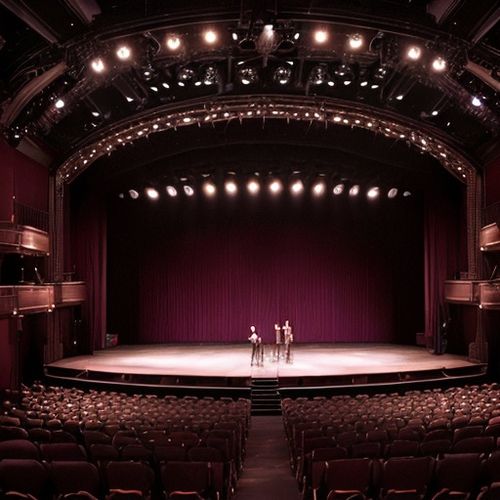
By Noah Bell/Apr 28, 2025